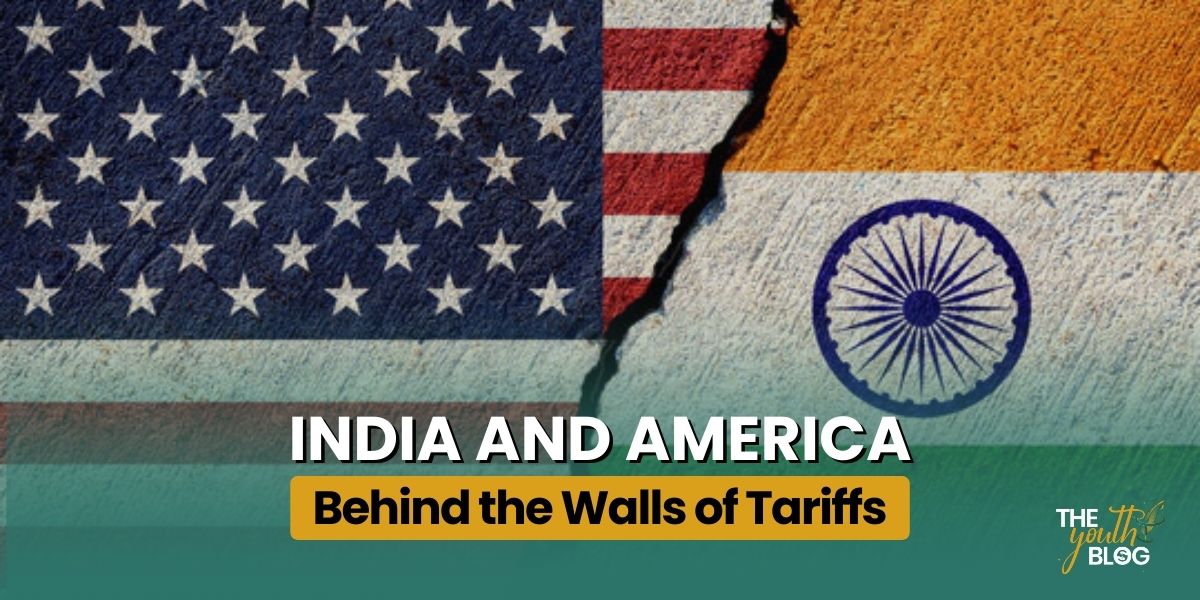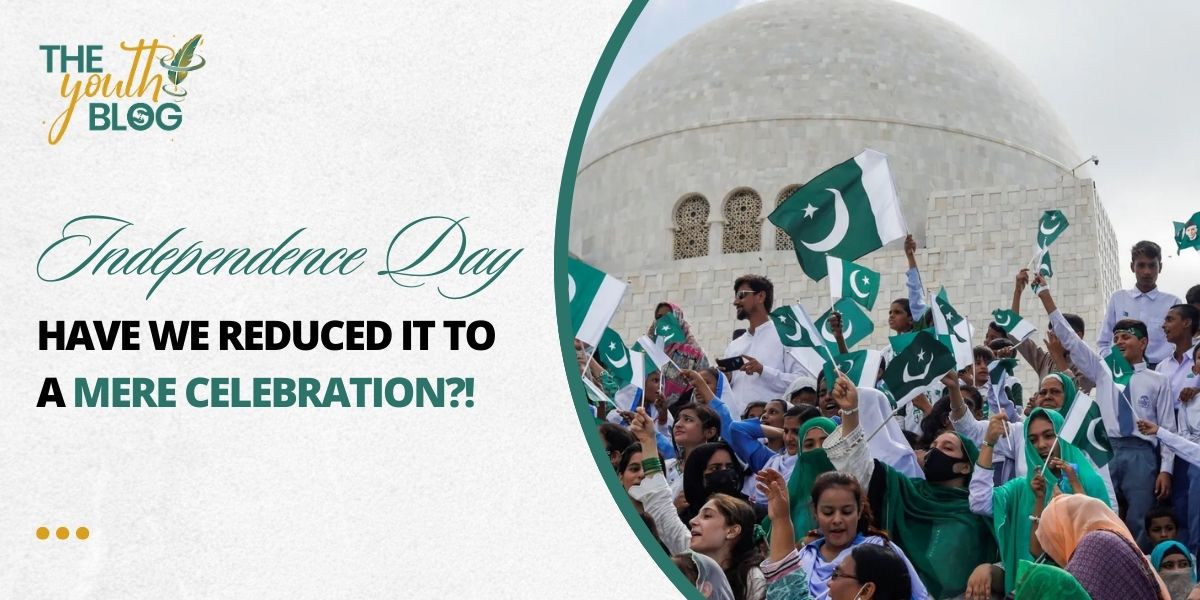
India and America Rift: Behind the Walls of Tariffs
The trade war – enhanced by high tariffs imposed on India – a new bone of contention between India and the US, stems from geo-economic and geopolitical insecurities.
Recently, the cordiality between India and America has shifted into a political chess game.
Since Trump assumed office, India has repeatedly come under fire from America. First, the
rift between India and Pakistan aggravated the discontent of America with India owing to
less appreciation of mediation brokered by Trump.
Secondly, India’s “Make in India” initiative undermined Trump’s economic interests. This initiative, similar to the “America First” policy of Trump, leads to the clash of two titans on economic grounds. On 6 August
2025, Washington imposed 25% tariffs on Indian products, which were raised to 50% on 27
August 2025.
Beyond Tariffs: Reasons Behind India-US Rift
This decision of tariff hike comes with a multitude of reasons discussed below.
The Economic Side:
The first and foremost is Trump’s quest for economic gigantism and protectionism to
make America great. America had reservations about India’s high tariffs on American
exports, as its trade deficit with India was $45.3 billion in 2024. This concern pushed the US
to retaliate by imposing 25% tariffs on Indian exports.
Clash of Interests:
Secondly, India’s “Make in India” initiative also strains ties between the two countries.
India, like the US, adopts the policy of protectionism to help flourish the local market.
Evidently, there is a crucial role of dairy products in exacerbating this trade war. India is the
largest producer of milk, producing approximately 239 million metric tons annually. The
dairy sector contributes 2.5-3% to India’s GDP. These numerical values determine the
importance of cow milk in the Indian economy.
Meanwhile, the dairy sector also carries weight in the economy of the US. The US is the major global dairy product exporter with $8.22-$8.3 billion in exports in 2024. Hence, America is interested in India’s vast
consuming market for its export of milk products. This, in turn, causes concerns for India’s
milk market. This predicament has potential to impact millions of Indian farmers, and rural
economy to go bust. Owing to this fact, previously India imposed tariffs on American dairy
products: 30% on cheese , 40% on butter and 60% on milk powder. These soaring tariffs
infuriated Trump; he retaliated with 50% high taxes on Indian products.
Geopolitical Reasons:
Another significant reason for Trump’s increase of tariffs is the Russian oil factor a geo-economic dimension with geopolitical implications. Russia _despite all the sanctions manages its oil trade with various countries including India. India, one of the largest oil-consuming countries, imports its 30-40% oil from Russia. The oil trade between these two countries creates a void in the relationship between India and America.
US Pressure Tactics Against India
At the same time, Trump wants to sell American shale oil to India. To convince India to buy American oil in lieu of Russian oil, he uses pressure tactics. For instance, he leverages Pakistan as a tool of
pressure against India. Like he said: “Pakistan is a good country. I love Pakistan.”
Similarly, in recent announcement of cooperation of America with Pakistan on
exploring new oil reserves in Pakistan, he said;
“We Pakistan and America will work together to explore oil and gas in Pakistan.
Maybe, one day we will be able to export oil to India through Pakistan”.
It is nothing but a mere pressure tactic.
Pakistan – Playing Proxy?
In international relations, this act of pressuring any target country by using third
country to achieve strategic , economic and diplomatic goals from the target country is
called proxy coercion or proxy diplomacy. Here, in this case, Pakistan plays the role of
proxy. Moreover, Trump uses this move in compelling Russia to end the war in Ukraine. For
that, he imposes tariffs on India and restraining India from buying Russian oil until Russia
signs a ceasefire agreement_ another reason of Trump’s imposition of tariffs on India.
Read More: Wreck-ed state of national affairs
India Deploying a Self-Reliant Policy?
Due to tariff hikes imposed by the US, Indian Prime Minister Narendra Modi has aimed
to adopt self-reliant economic policy. However, adopting self-reliant economy and
protectionism in the world of interdependence is not possible.
The Future of this Rift
In international affairs, there are no permanent friends or foes. There is always
uncertainty in the relationship of the countries, because national interests always win.
Nevertheless, this trade war can potentially disrupt the entire international economy,
leaving the countries in a state crippling weakness. For, globalization is a reality , not a
sham and it has intertwined the economies of the countries together.
Author is the graduate of BS English. Her interest in realpolitik of the world compels her to write on the prevailing issues.


